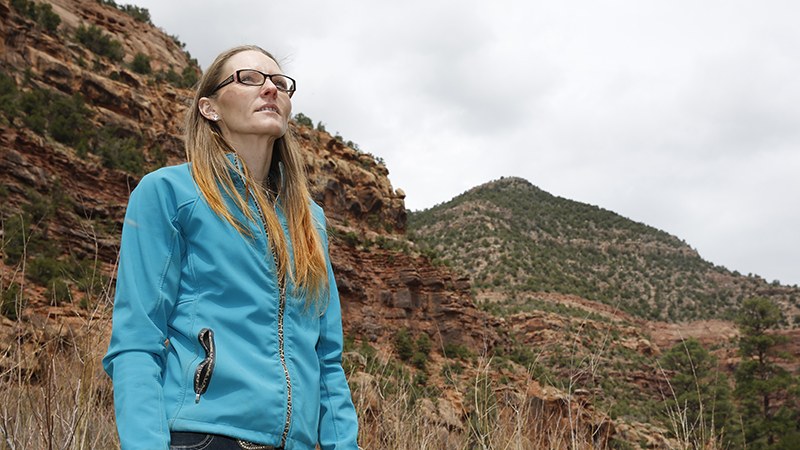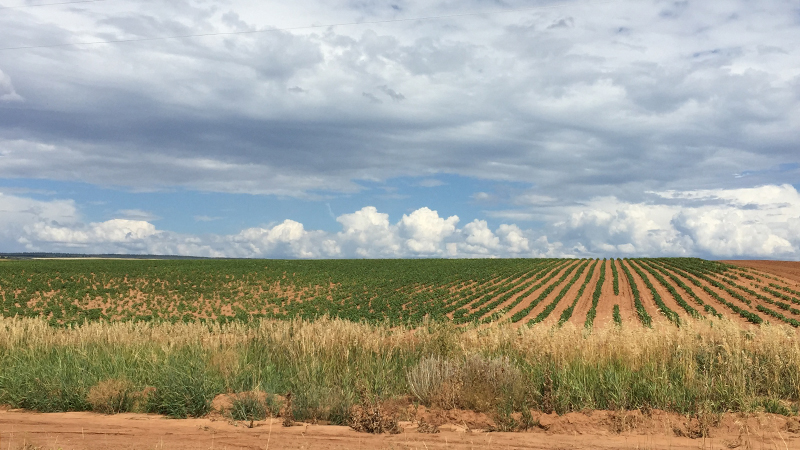Burnishing a Sense of Pride
Leer en español
“The sense of pride is still there,” says Heather Nielson, Resident, Dove Creek, Colorado. Photo by Nathaniel Wick
Dove Creek is the last Colorado town you hit on U.S. Highway 491 before you reach Utah in the Four Corners region. Vacationers heading to and from the area’s state and national parks drive through with topof- the-line campers hauling toys and gear—set-ups worth more than most of the houses in this town.
The contrast isn’t lost on Heather Nielson. She moved to town in 2009 to be near her husband’s family. He’s a truck driver and he’s gone a lot. She works taking care of their three-yearold son, and lately, has thrown herself into the job of remaking Dove Creek.
“I want them to drive through our town and say, ‘Wow, for a small, rural community, they got it going on,’” Nielson says. “I would like to see Dove Creek become the place that they want to go.”
So Nielson has attended every meeting convened by a group of residents working on a plan to revitalize the town. Along with the Western Slope farming community of Olathe, Dove Creek has been a focus of The Trust’s Community Partnerships work in this region.
“I have shown up [to some meetings] sick,” admits Nielson, “because this is something that could make such a difference that I physically could not live with myself if I walked away.”
Dove Creek has hopes of getting funding from The Trust for its plans. But even without the money, Nielson says she already perceives differences.
One eye-opening moment came when the group took on a root-cause analysis of some of the challenges of living in the town. Nielson, who didn’t grow up in Dove Creek, found it difficult at first to find a sense of belonging within the community. But learning about the town’s history as a western frontier—where homesteaders had to be selfreliant— gave her insight into the local heritage.
“We’ve come up with some great ideas on how to benefit the community, how to do stuff ourselves without relying on The Trust,” says Nielson. She’s among a group of people who have begun volunteering more, and she stays up late researching ideas—how do towns build tourism without losing their cultural heritage? What’s the best way to make sure all of the kids in town have enough to eat? Why don’t we make a walking path, a produce stand, solar lighting?
“This town used to be a prosperous town during the oil boom,” says Nielson. “The sense of pride is still there. It’s like a silver platter. It’s just tarnished. It just needs a little bit of buffing to get it going and shined up.”

Dove Creek, Colorado

